The Ancient Walls N Romantic Lanterns of Pingyao
Saturday, July 12, 2008
 Pingyao, China
Pingyao, China
Hey Hey and a Big G'Day toya
Here I am in Pingyao mate!
Supposedly one of if not the best preserved 'ancient walled city' in all of China.
Thankfully the once rich Ming Dynasty Merchant town went bust and the 20th Century found it lying in a bed of poverty.
Why be thankful?
Sounds selfish and it is!
As the sands of time fell the city had no money and it couldn't keep up with its modernizing neighbors and the city very much remains as it was. Once this would have been shameful to its citizens but now it is but an economic draw card. My sandal clad feet have taken me on a personal tour of many 'ancient walled towns/cities' but only one such as Pingyao.
My favourite has always been the ancient granite city/town of Chongwu on Fujian Provinces east coast.
Chongwu's walls date from the Ming Dynasty (1387) and are seven meters high and 2.5 kms long. They were built as a defense against Japanese pirates. Pingyao's walls date also from the Ming Dynasty (1370). They are ten meters high, over six kilometers in circumference and there are seventy two watch towers.
I arrived at Pingyao at 8:30am this morning after a long drawn out train journey. The train crawled along at a snails pace and I'm positive the train driver left the train to catch up with friends at every stop.
At most stops we sat unmoving for around ten minutes.
I left Xi'an city at 11:00pm last night and boarded a very overcrowded double decker train. By two, people were sleeping or trying to sleep on any flat surface possible. Several were even asleep right out side the toilet door! They would simply spread some newspaper on the floor and lay themselves down for the night. Even the tiny stairs and beneath the seats were filled with bodies. I've taken countless trains all over the world but I think I will put this as my most uncomfortable.
Not the worst but the most uncomfortable.
I do believe I will head to the bus station for a ticket to my next destination.
When I arrived at Pingyao several hostels were waiting in competition out front. I love it when accommodation choices are made easy for me. I simply asked 'how much' (get your mind out of the gutter!) and chose the cheapest for a room of my own with a bathroom. In the end I chose the Harmony Hostel as they were also the ones who didn't treat me like a fat rich tourist by giving me a huge figure to begin working with.
Just like the rest of the city, the hostel is clad in swaying red lantern, ancient grey brick walls and cobble stones that have been smoothed over a long period of time. I have spent most of the afternoon walking mostly along the city wall and so far I have to totally agree with the Lonely Planet.
Pingyao is unmarred by those horrid Chinese white tiles!
And once away from the main souvenir strip it is very much a real town!
I think that just like Chongwu, Pingyao is what some travelers come to China in search of and hoping to find. By this I mean the more adventurous type of traveler. When I travel I search and hope to find such a place. I too, like many back packers travel to find
'that' village/town/city that even today begins its days as it did long ago.
So far being here reminds me a little of what Yangshuo was like when I first came to China nearly nine years ago. Back then it was a sleepy retreat for back packers. Now it is pretty much for the KFC eating family on a holiday to say they have 'been to' China.
Here in Pingyao things are changing and from the looks of it they are changing fast. Like Yangshuo all those years ago, there is only a hand full of western tourists to be seen (so far at least). There are no KFC's or giant food chains and you can still sit with your egg, bacon and coffee breakfast without being disturbed.
BUT...judging by the amount of Chinese tourists here, I'm glad I am here now!
Beers N Noodles toya.....shane
_________________________________________________________
The soundtrack to this entry was by The Smashing Pumpkins
The album was their greatest release ever, 'Gish'
__________________________________________________________
Pingyao:
The Old City is small enough that you can do most locations by foot.
But if you need to cross town between attractions, or are simply lazy, you can hire golf carts that wander the streets. Pay around Y5 for a ride if a single person, around Y15 for four people.
Pingyao's speciality is Pingyao Beef. It has an acquired, strong taste. Be careful in some of the more touristy restaurants: outrageous bills of Y100 or more are not uncommon for a meal that appeared to be quite cheap. Be sure to ask about the price of any chef's specialities, and take a look at the bill as you are ordering your food. The past prosperity of Shanxi lies in Pingyao while the soul of Pingyao lies in its Old City.
There is no charming landscape, green mountains or clear waters.
What's unique here is this well-preserved ancient city with its grand, solemn city wall, its residences and shops, and even the government office all in the style of the Ming (1368-1644) and Qing (1644-1911). In 1997, when it was declared a World Cultural Heritage site for its Old City, Pingyao gradually opened up to the outside world and more and more people have come to have a look at this old city representing the prosperous past of Shanxi during the Ming and Qing eras.
from the Pingyao Travel Guide
In the central area of Shanxi Province lies an ancient county typical of rural counties in North China--simple and steeped in ancient tradition. What's different is that this county is linked firmly to a certain prosperous time in Chinese history. It played quite an important role in the economic development of Shanxi during the Ming and Qing Dynasties.
Pingyao County is 94 kilometers (58.4 miles) southwest of Taiyuan. With an area of 1,260 square kilometers (486.5 square miles), it has five towns and nine villages under its prefecture. Unlike those cities or counties south of the Yangtze River, Pingyao was not endowed with charming natural scenery but with a group of accomplished businessmen. Pingyao was the birthplace of the Jin Businessmen, who were one of the two famous Chinese business groups during the Ming (1368-1644) and Qing (1644-1911) dynasties.
Owing to this, the first Chinese exchange shop was opened in Pingyao.
Then, for the next hundred years, Pingyao was home to almost all of the large exchange shops in China. To a certain degree, Pingyao was to China during the eighteenth century what Wall Street is to the US, which not only helped promote the economic development of Shanxi, but also left us with a magnificent old city and a series of grand residences.
Pingyao has now become quite a hot tourist attraction even though it is no longer economically prosperous. It boasts the famous Pingyao Old City which was included in the United Nations World Cultural Heritage in 1997. From the top of the grand City Wall, you have a bird's-eye view of the Old City, a complete city built almost a thousand years ago. In the Ancient Ming and Qing Street, you can experience the town's former glory while exploring the rows of residences and shops all constructed in the original architectural style.
Today, Pingyao's economic and government center has gradually moved outside the Old City. A residential area and commercial buildings have sprung up around the Old City. Department stores, super markets, hotels, and other entertainment venues show this ancient county's renewed vitality. While it does its best to keep its valuable old culture and heritage, Pingyao continues to develop into a modern new county.
Other Entries

 Pingyao, China
Pingyao, China
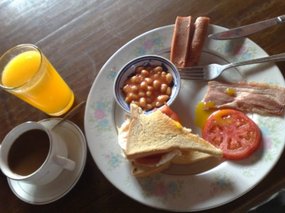
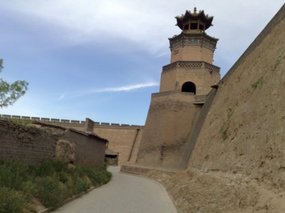
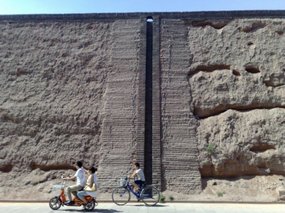
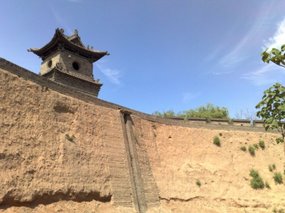
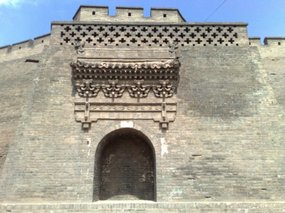
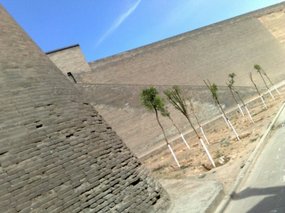

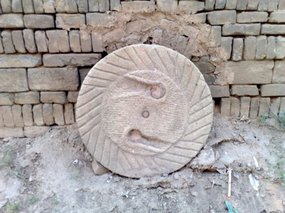

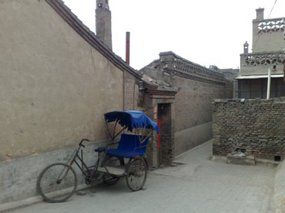
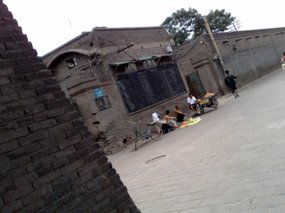
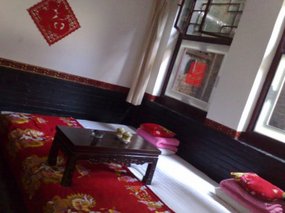
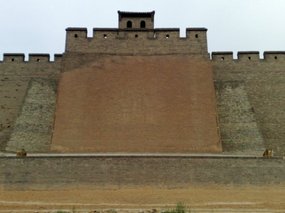
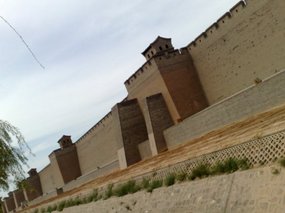
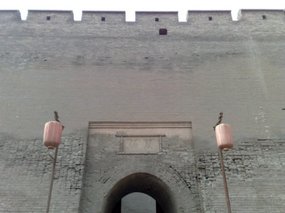

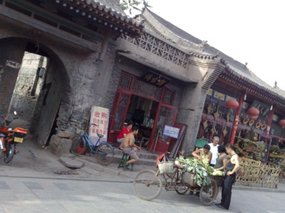
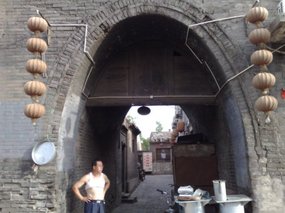
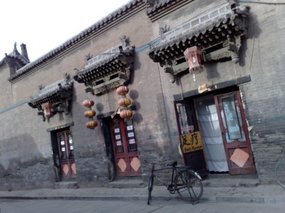
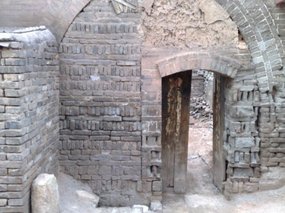
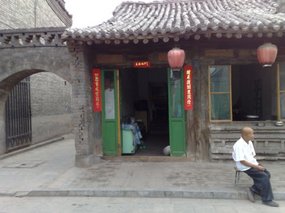
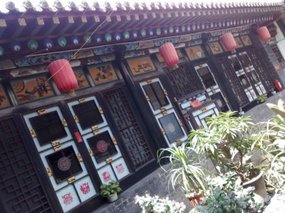

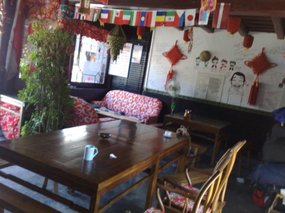
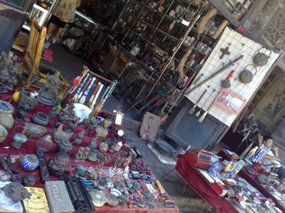
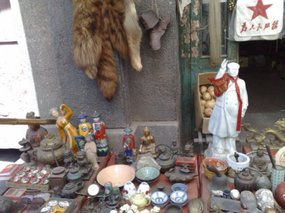
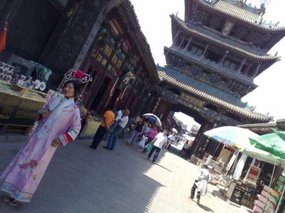
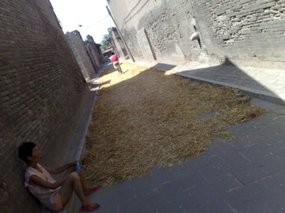
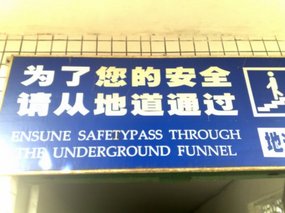

2025-05-22